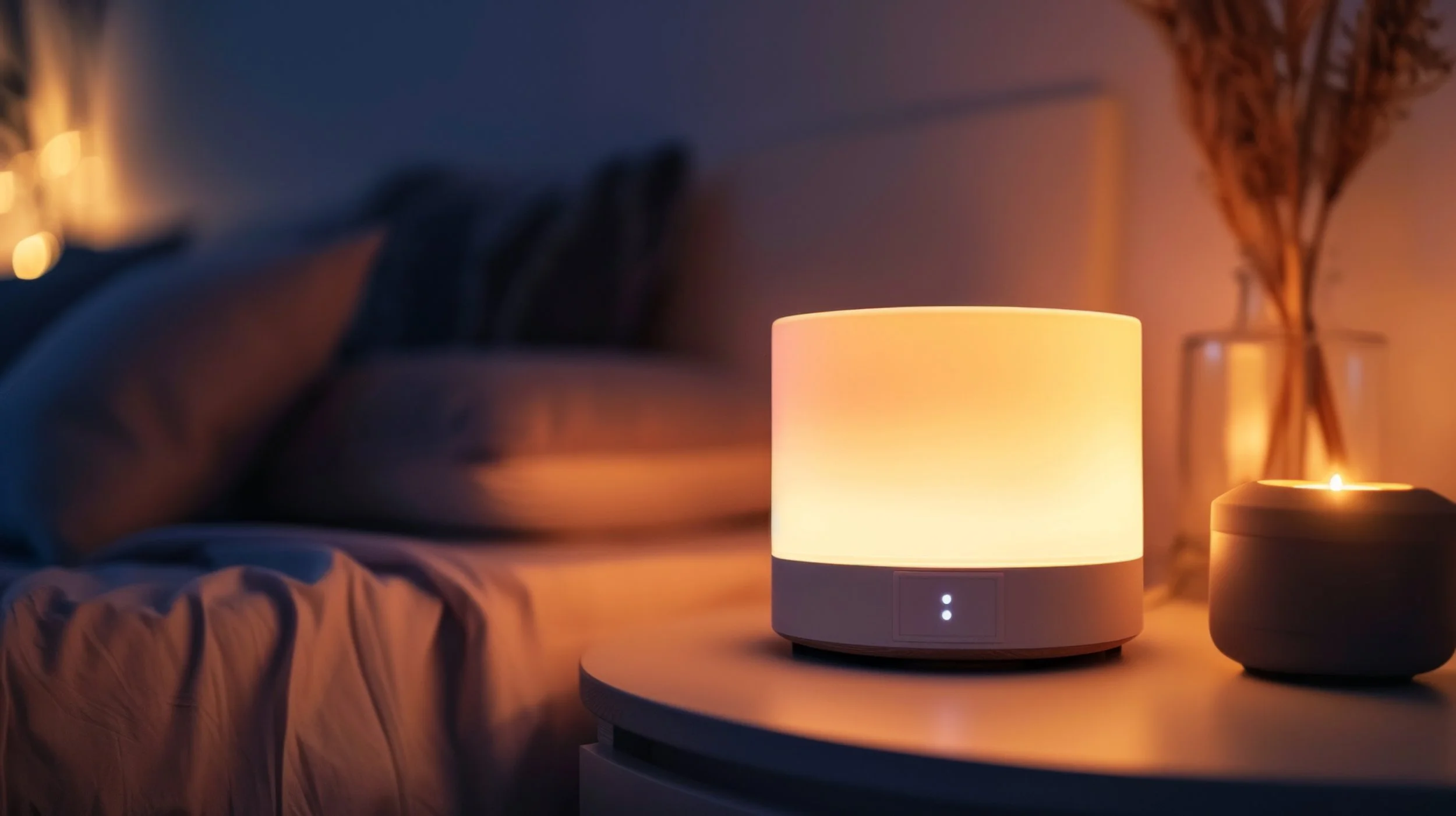Optimizing Your Sleep Environment
Lack of good quality sleep impacts every part of life: It affects your mood, energy and physical health. While perfecting your sleep habits may not happen overnight, you can take steps towards improving your rest by creating the right environment.
Choose the right bedding. Studies show that you have the best sleep when your mattress strikes a balance between support and comfort. You spend about one third of your life sleeping, so invest the time and energy in finding the best mattress for you. And, don’t forget the pillows! Your pillow provides support for your head and neck to make sure your body and spine are aligned all night. Try out a few kinds of pillows to find the right one for you.
Keep it dark. Your body’s internal clock takes its cues from light, and if your body isn’t in sync with your sleep schedule, then the quality of your sleep suffers. If you have trouble falling asleep, try dimming the lights around your house at least an hour before bedtime. Remember that even trace amounts of light can disrupt your sleep, so try using blackout curtains or wearing a sleep mask to reduce light.
Don’t get overheated. Research says that when your body temperature starts dropping for the night, you fall asleep more easily. Experts recommend keeping your bedroom around 62-68 degrees Fahrenheit. If you still have trouble staying cool, try wearing light clothing or using cooling sheets.
Experiment with relaxing sounds and smells. When you’re trying to fall asleep, all your senses come into play. Some people sleep best with background noise while others need total silence. Depending on your preferences, try listening to white noise or using noise-cancelling headphones. Did you know calming scents can help you sleep better too? Use candles or essential oils to get that perfect, sleepy atmosphere before bed.
For more tips and tools on improving the quality of your sleep, visit the Sleep Fitness Toolkit.





